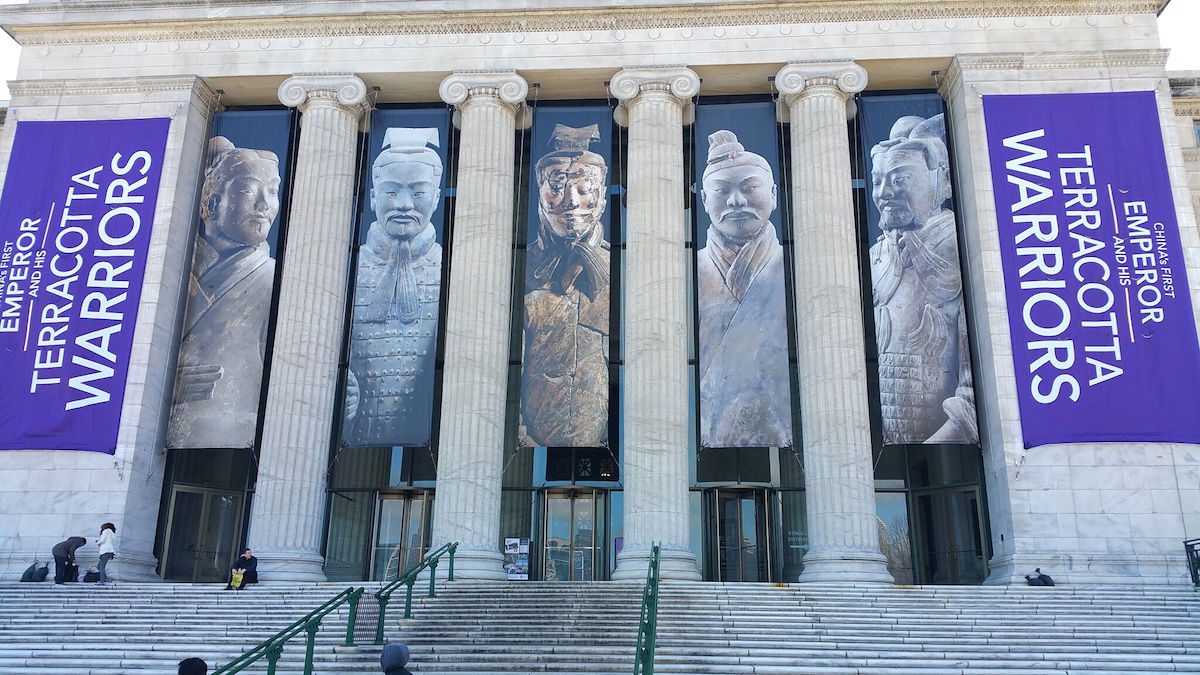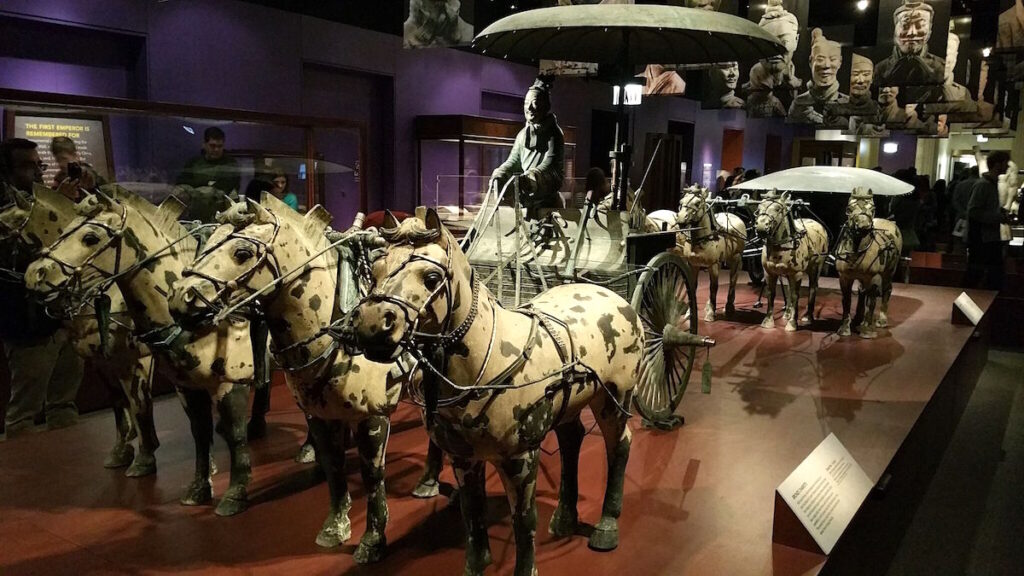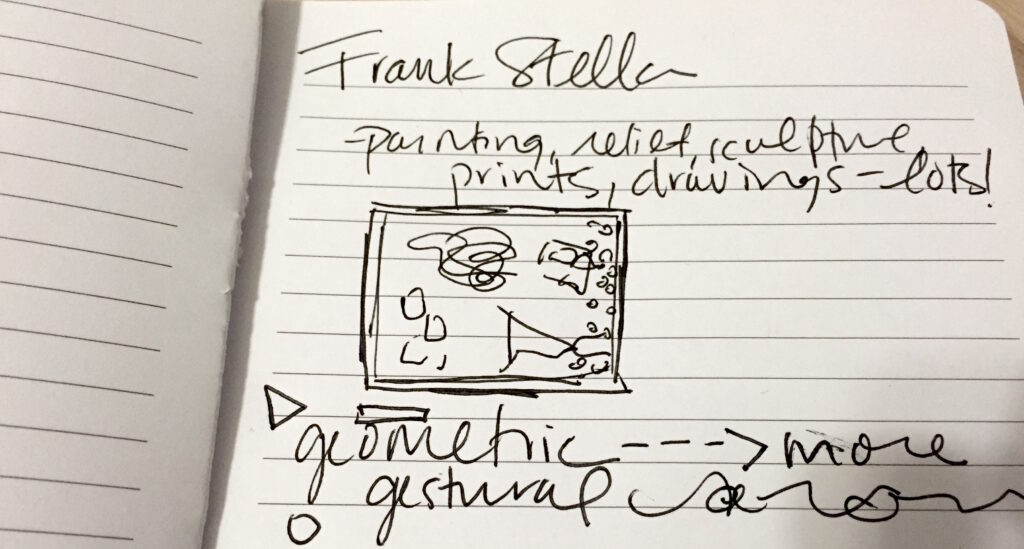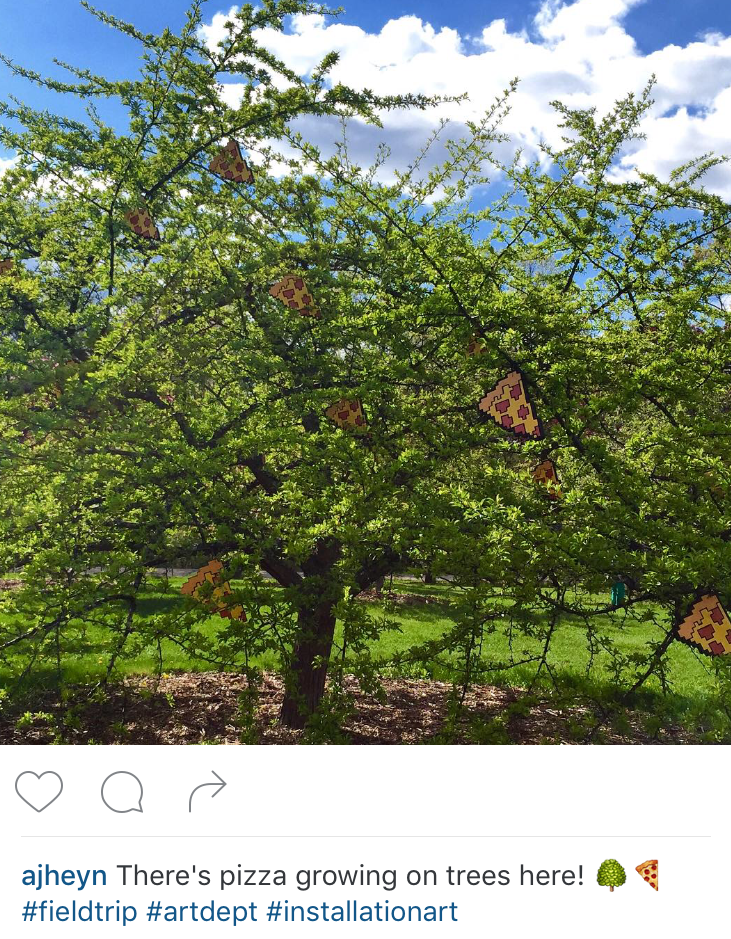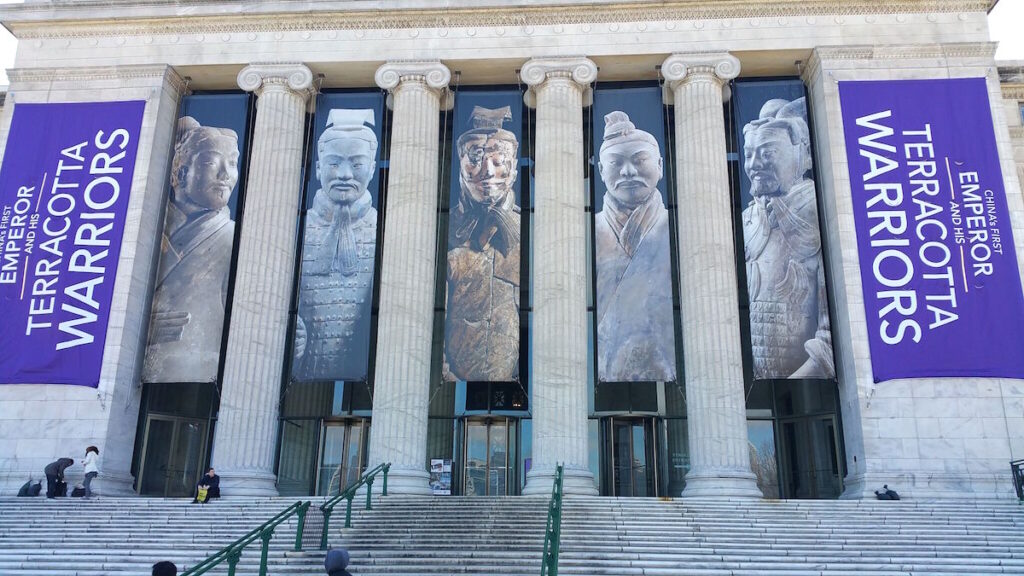Taking a field trip with students can be a stressful experience. No matter how well you’re prepared, there’s always the chance of something going awry. Missing permission slips, forgotten lunches, bus mishaps, and breaches in museum etiquette: all bets are off once you’re out of the classroom.
One thing that can focus student behavior is having specific tasks for students to complete once you get to your location. This gives students personalized roles making them feel important and also keeping them engaged. In addition, students can compile their information when they get back to school for a meaningful sharing and discussion session.
Here’s how to plan the most engaging field trip ever.
1. Provide background information.
Make sure that you provide students with a basic outline of where they’re going and what they might see there. Call the venue and see if there are any interesting stories you can use to hook your kids. If you’re going to see specific pieces, be sure your students will be able to recognize them by doing some introductory activities. Is there a chance your students will see nudity?
Here are two articles to help you out:
2. Assign students specific roles.
There are many different roles that you can assign to students. What makes this method so fun is having students capture the field trip experience in different ways.
Here are 7 roles to get you started:
- Super Sketcher
Students given this job must visually record the field trip in sketches. They can choose to sketch whatever they find interesting. Maybe it’s part of the building, a favorite work of art, or even something funny that happened on the bus. Make sure you give the students a target number, say 7-10 sketches, to keep them on task. - Photographer
These students are tasked with visually recording the field trip via photographs. If you have some available, let them use higher-end cameras to lend an air of authenticity. Encourage students to take lots of photos from interesting angles. Be sure to check your venue’s photo policy.

If you’re headed to a traditional museum setting, these students may have to get creative with what they can photograph. - Notetaker
In this role, the students are responsible for recording the trip with notebooks and pens. This is a great task for students that love to write. Be sure to have the students hone in on the docent’s tour if you take one. They may even want to use visual note-taking strategies!

- Social Media Master
These students are responsible for sharing the field trip via any classroom or school social media sites. Instagram is particularly fun, but you could also have them post to a classroom or district’s Facebook or Twitter account.

Be sure to have trustworthy students in this role. You may also want to limit the number of posts each student can make over the course of the trip. - Audio Recorder
Give your students digital sound recorders, or have them use the feature on their own smartphones to record the sounds of your trip. Encourage them to think beyond capturing voices. If visiting a museum, perhaps they take short sound recordings of each gallery or of what the area around the museum sounds like. For example, how fun would it be to record the sounds of patrons entering and exiting an exhibit?

- Interviewer
Is there someone at your location that would be willing to participate in a short, 10-minute interview? This can be a thrilling experience for students. Have each student prepare a list of 3-5 questions and be sure to bring a video camera! - Deep Thinker
This is a fun role for your students that never stop asking questions. During the trip, these students must write down everything they are wondering about. These musings will open the discussion once back in the classroom.
3. Compile the information and discuss.
During the next class period with students, have them team up with others who had the same roles to compare results. Then, have the “Deep Thinkers” start a discussion about the field trip with some of their questions. Other groups can chime in with evidence they’ve gathered to support their thoughts.
Running a field trip in this way makes the experience much more enjoyable for everyone. The students are highly engaged and much less likely to be rowdy or cause trouble. Plus, students have a chance to bring back pieces of the trip to the classroom in order to dive a bit deeper. I guarantee this type of experience will be one that students don’t forget!
What kinds of things do you have students do while on field trips?
Do you have any other creative ideas about roles you could give students?
Magazine articles and podcasts are opinions of professional education contributors and do not necessarily represent the position of the Art of Education University (AOEU) or its academic offerings. Contributors use terms in the way they are most often talked about in the scope of their educational experiences.
